系統設計Design For Failure思想 Complex systems fail in spectacular ways. Failure isn’t a question of if, but when. Resilient systems recover from failure; r... ...
系統設計Design For Failure思想
Complex systems fail in spectacular ways. Failure isn’t a question of if, but when. Resilient systems recover from failure; robust systems resist failure. Avoid single points of failure. Accept the fact that you have to build a distributed system.
1、假定任何環節都有可能出問題,然後倒推依次設計
2、避免單點故障(single point of failure)
3、目標:應用能夠連續工作,服務一直可用
4、充分考慮到多可用區AZ(availability zone)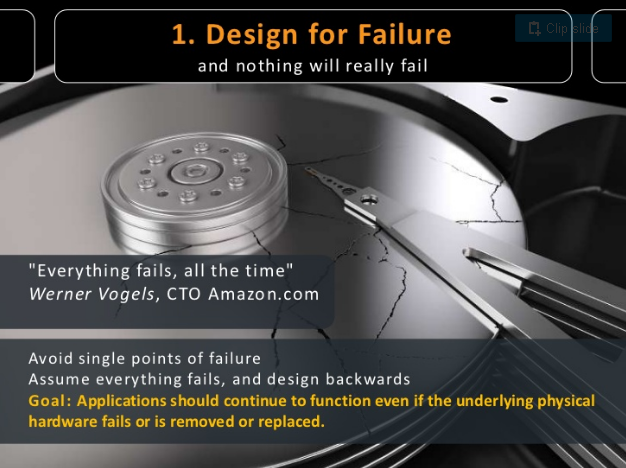

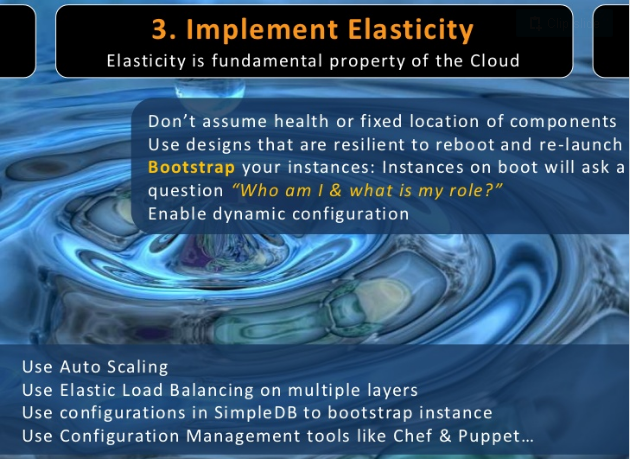
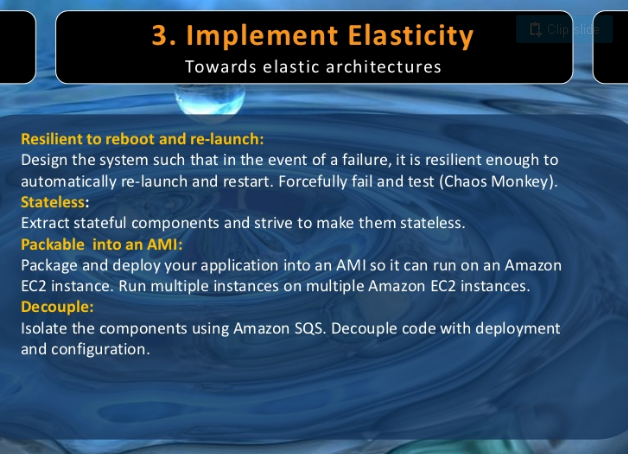

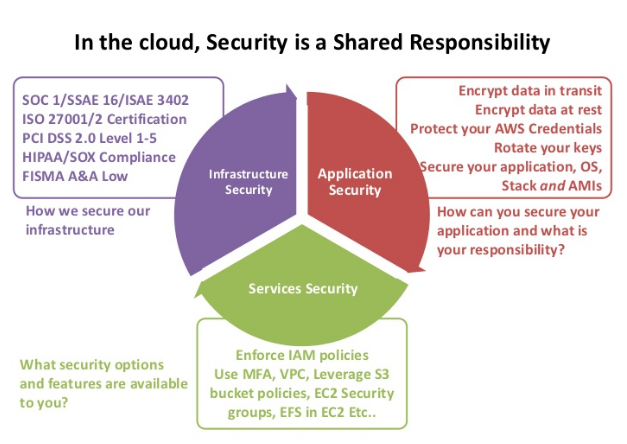
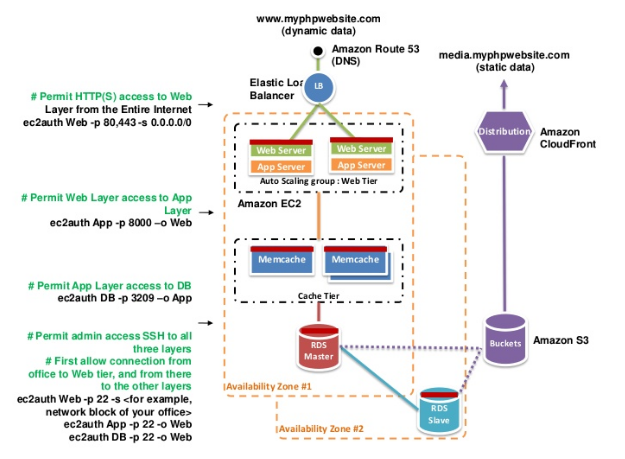
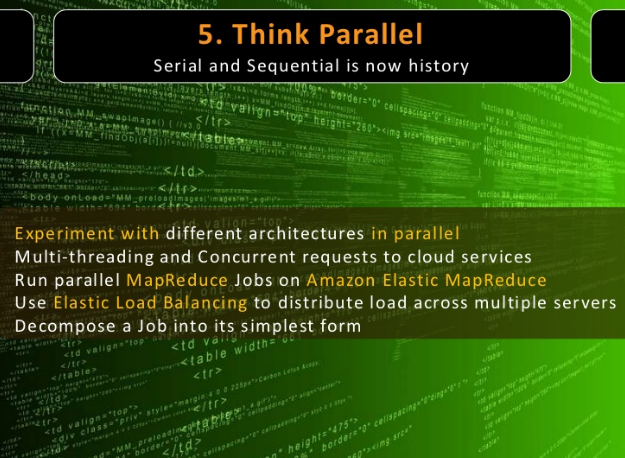
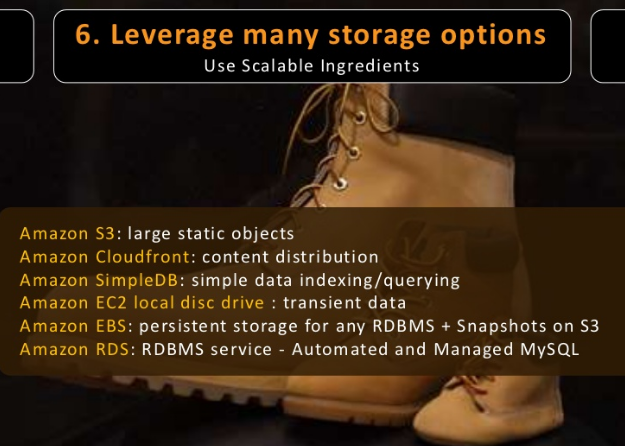
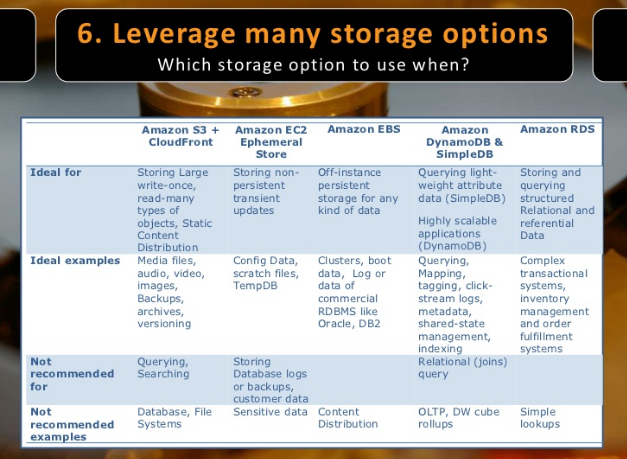
Traditionally we've tried to "avoid" failure by doing whatever we could to make services/components "not fail". We would deploy monolithic "appliances" (hardware or software) and if that appliance failed it was a significant event. As we start to move toward distributed systems, especially Microservices, we find that there are many more points of failure. Microservices are implemented as a collection of services that evolve independently and interact and react to their surrounding environments including the changing of user/customer behaviors, business strategy/direction, system behavior, and even other services. One premise of these types of complex-adaptive systems is the ability to withstand failures and unexpected faults.
To do this, you must design your services with failure in mind. There are a handful of practices that come to mind:
- maximize service availability
- self healing
- isolate the "blast radius" of any single failure
- continually prove your system has been designed for failure
最後以一首歌做為結束。The musician Laurie Anderson captured this dynamic in her song “Walking And Falling”: 大家體會一下 Design For Failure
You’re walking. And you don’t always realize it,
but you’re always falling.
With each step you fall forward slightly.
And then catch yourself from falling.
Over and over, you’re falling.
And then catching yourself from falling.
And this is how you can be walking and falling
at the same time.
------------------------------------------------------------------
今天先到這兒,希望對您技術領導力, 企業管理,系統架構設計與評估,團隊管理, 項目管理, 產品管理,團隊建設 有參考作用 , 您可能感興趣的文章:
前端性能核對錶Checklist-2018
大型電商互聯網性能優化案例
國際化環境下系統架構演化
微服務架構設計
視頻直播平臺的系統架構演化
微服務與Docker介紹
Docker與CI持續集成/CD
互聯網電商購物車架構演變案例
互聯網業務場景下消息隊列架構
互聯網高效研發團隊管理演進之一
消息系統架構設計演進
互聯網電商搜索架構演化之一
企業信息化與軟體工程的迷思
企業項目化管理介紹
軟體項目成功之要素
人際溝通風格介紹一
精益IT組織與分享式領導
學習型組織與企業
企業創新文化與等級觀念
組織目標與個人目標
初創公司人才招聘與管理
人才公司環境與企業文化
企業文化、團隊文化與知識共用
高效能的團隊建設
項目管理溝通計劃
構建高效的研發與自動化運維
某大型電商雲平臺實踐
互聯網資料庫架構設計思路
IT基礎架構規劃方案一(網路系統規劃)
餐飲行業解決方案之客戶分析流程
餐飲行業解決方案之採購戰略制定與實施流程
餐飲行業解決方案之業務設計流程
供應鏈需求調研CheckList
企業應用之性能實時度量系統演變
如有想瞭解更多軟體設計與架構, 系統IT,企業信息化, 團隊管理 資訊,請關註我的微信訂閱號:
作者:Petter Liu
出處:http://www.cnblogs.com/wintersun/
本文版權歸作者和博客園共有,歡迎轉載,但未經作者同意必須保留此段聲明,且在文章頁面明顯位置給出原文連接,否則保留追究法律責任的權利。
該文章也同時發佈在我的獨立博客中-Petter Liu Blog。

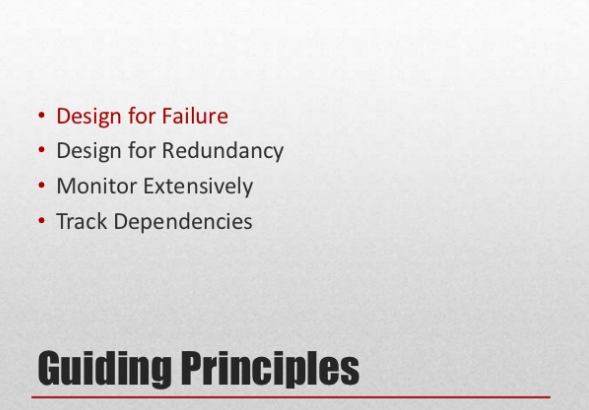
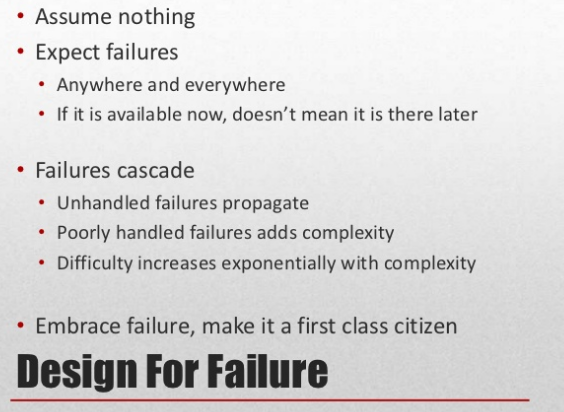
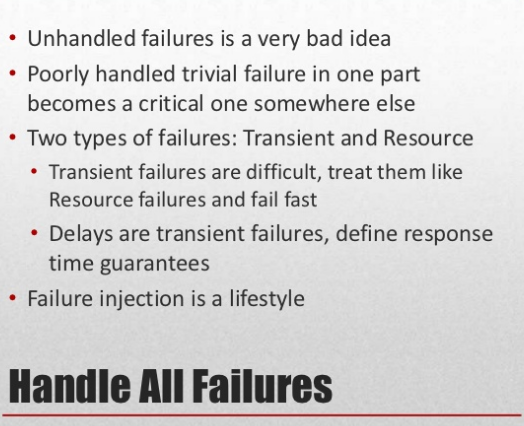

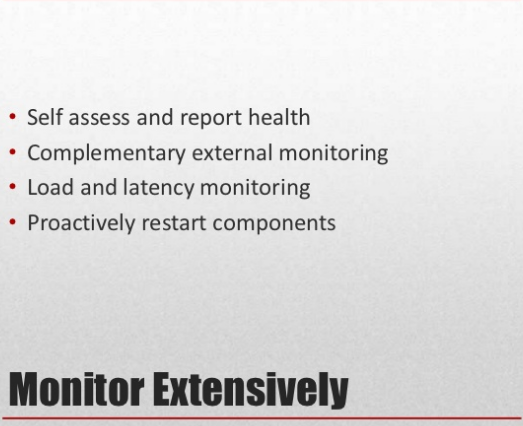
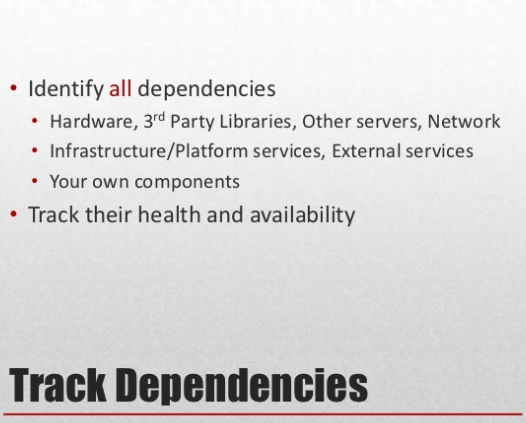
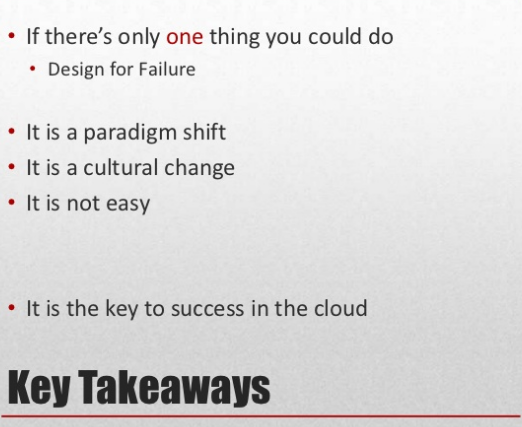
![MegadotnetMicroMsg_thumb1_thumb1_thu[2] MegadotnetMicroMsg_thumb1_thumb1_thu[2]](https://images0.cnblogs.com/blog/15172/201503/211054062506158.jpg)


